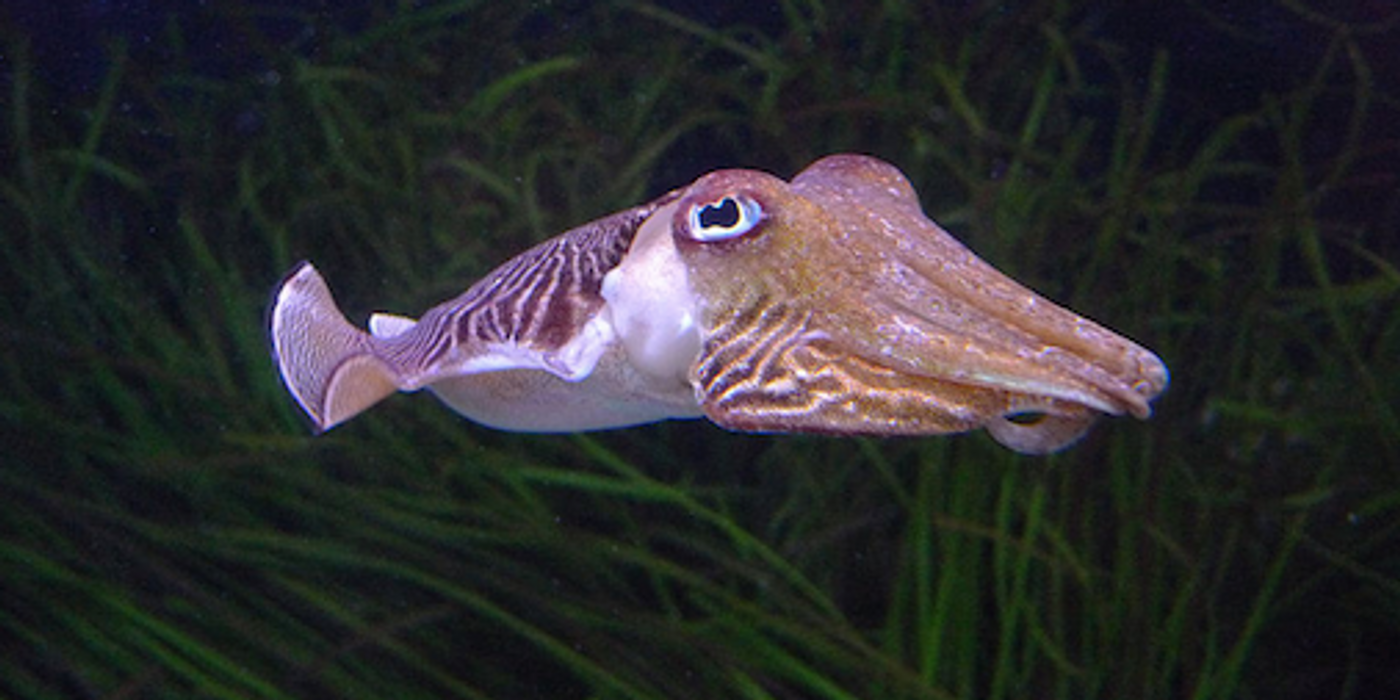The Cellular Mechanisms Giving the Cuttlefish its Amazing Abilities
Cuttlefish are extraordinary animals; they can transform in myriad ways. They can change color and in doing so, communicate with one another. They can also alter the physical structure of their bodies, ejecting and holding 3D spikes out of their skin for over an hour, and suddenly retracting them and moving on. These camouflage tactics make it a chameleon of the sea. New work by researchers at the Marine Biological Laboratory (MBL), Woods Hole, and the University of Cambridge, U.K, reported in the new journal iScience from Cell Press, reveals the muscular and neural processes that give cuttlefish their defensive and communicative powers.
"The biggest surprise for us was to see that these skin spikes, called papillae, can hold their shape in the extended position for more than an hour, without neural signals controlling them," noted Paloma Gonzalez-Bellido, former MBL scientists and a lecturer in neuroscience at the University of Cambridge. The investigators determined that the spikes hold because of unique musculature in the papillae, which is similar to a catch mechanism found in bivalves such as clams.
"The catch mechanism allows a bivalve to snap its shell shut and keep it shut, should a predator come along and try to nudge it open," explained corresponding author Trevor Wardill, former MBL scientist and a research fellow at the University of Cambridge. Cellular energy called ATP isn’t used in these shells; instead, smooth muscles that have a lock-and-key fit maintain tension until a signal, or neurotransmitter, releases them. Cuttlefish papillae may use a similar process, the investigators found.
The study started in 2013 with the work of Gonzalez-Bellido and Wardill in the laboratory of MBL Senior Scientist Roger Hanlon, an expert on cephalopod camouflage.
Hanlon led the team to look for what controls the actions of papillae in the cuttlefish. They discovered a motor nerve that is wholly dedicated to controlling papillary and skin tension; it originates outside of the brain, in a peripheral nerve center - the stellate ganglion.
The team was surprised to find that the neural circuit regulating papillae action is remarkably similar to one found in squid that controls skin iridescence. Cuttlefish don't possess tunable iridescence, while squid lack papillae, so this work raises questions about the evolution of the neural circuit in various species.
"We hypothesize that the neural circuit for iridescence and for papillae control originates from a common ancestor to squid and cuttlefish, but we don't know that yet. This is for future work," Gonzalez-Bellido said.
"This research on neural control of flexible skin, combined with anatomical studies of the novel muscle groups that enable such shape-shifting skin, has applications for the development of new classes of soft materials that can be engineered for a wide array of uses in industry, society, and medicine," Hanlon concluded.
Sources: AAAS/Eurekalert! Via MBL, iScience









